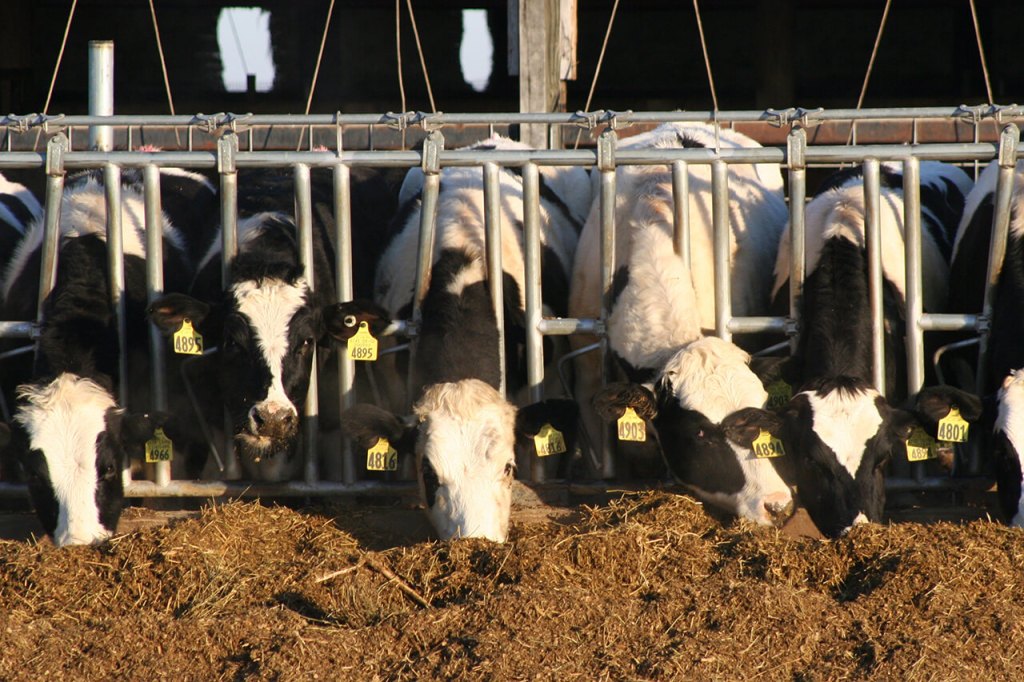Heifer replacement is a vital part of maintaining a profitable herd, but it can be easy to put that profitability at risk if you don’t plan accordingly. Historically, it was common practice to create more heifers than what were actually needed. The more heifers you had, the more likely it was that you had enough profitable cows to sustain and grow your business. However, thanks to the technology that we have today cows are living longer and healthier lives and the “more is better” method is no longer the most efficient or profitable option.
According to Evan Schnadt a Genetic Services Specialist at ABS Global, “Without a plan you can actually create too many replacements, to the point where you’re raising too many heifers and you’re freshening too many in. Basically, the cart is pushing the horse and, you’re actually getting rid of profitable animals on the backside just to make room for these new heifers that are coming through.” Producing extra heifers is not necessarily the profitable or efficient thing to do anymore, and people are investing thousands of dollars into animals that they may not don’t need. “For many producers, selling prices of excess heifers barely exceed or are less than the cost to raise them. The heifers aren’t worth a profit anymore, just to sell extra, because everyone has extra” says Schnadt.
One solution to help curb the creation of excess heifers is the Beef on Dairy program. With Beef on dairy you now have the option to produce a beef animal at birth instead of an extra heifer to calve. However, Beef on Dairy is not the only solution to improving efficiency. Strategically planning your heifer replacements is still one of the best ways to help streamline your operation and save money. In order to adopt a more strategic heifer replacement plan, start with a change of mindset. Again, unless you’re growing your herd, more heifers are not necessarily better, your goal should be to produce as many as you actually need, and plan accordingly. Don’t forget that you have the ability to call your own shots, ask yourself, “what would I like my herd to look like in two or three years?”
Take a look at what your cull rate has been in the past, according to Schnadt most cull rates are about 38-45%. A 45% rate is too high, most people don’t need to be replacing almost half of their herd every year. The ideal cull rate is unique to each dairy, but a good starting point is about “33-35%. If that is the case a herd would have the ability to replace itself over the course of 3 years.” says Schnadt “If you could have succeeded with replacements for a 35% cull rate vs 45%, 10% of animals that were culled didn’t need to be”. Reevaluate your culling criteria, ask yourself “how many cows do I need to cull?”. There are always going to be involuntary culls, and other animals that easily fall below relevant culling criteria that need to be replaced. However, you don’t need to get rid of an animal that’s already proven to be profitable just to make room for a new one.
Once you know what your cull rate should be, there are more factors to consider. A lot can happen in the two years it takes to raise a calf, so it’s very important to factor in things like survival rates and all other areas of potential loss into your replacement strategy and 33-35% cull rate goal. If you’d like some more in-depth information and expertise, reach out to our specialists or subscribe to our newsletter and get more information to help you formulate an efficient and profitable heifer replacement program.



